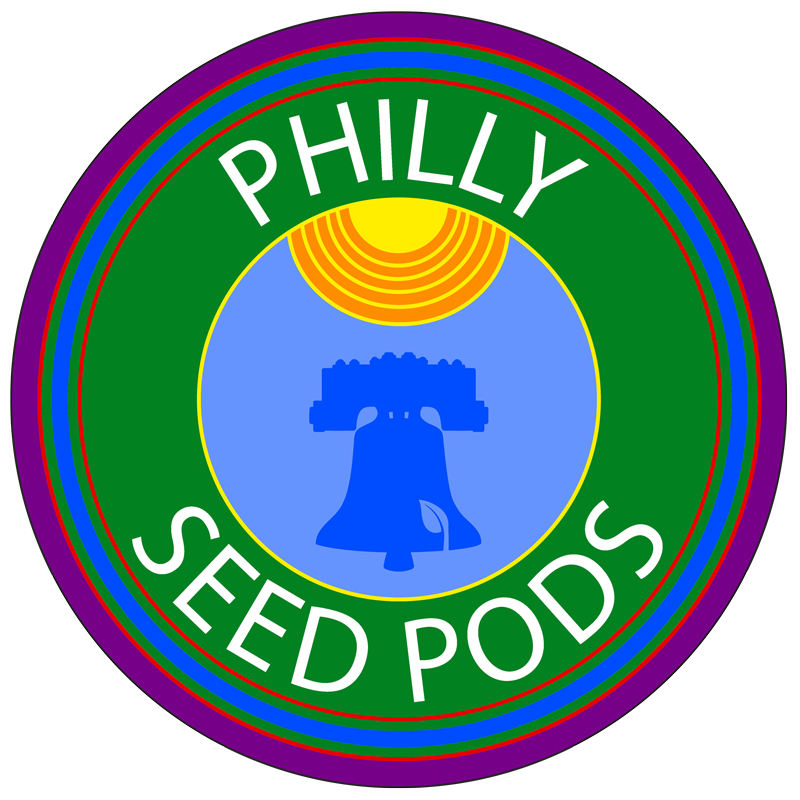Part 4: Five Native Plants and How to Identify Them
This video discusses native plants in our ecosystem, and how we can identify them. The native plants identified are sunflowers, wild violets, native honeysuckle, asters, and goldenrod.
Now we’re moving on to talk about native plants! Similar to invasive plants, we’ll have two sections on this subject. In this section, we’re going to talk about a select few native plants, and how we can identify them! The plants discussed here are sunflowers, wild violets, native honeysuckle, asters, and goldenrod!
So, let’s get started! Sunflowers. How can we identify a sunflower? Make sure you watch the video for this, as pictures are extremely helpful in learning to identify things! The sunflower is a tall flower with a thick, hairy stem, and rough leaves. The flower of a sunflower has yellow petals surrounding a dark brown seedhead in the middle. Sunflowers are pretty obvious; once you learn what they look like, you’ll be seeing them everywhere!
Next on our list are wild violets. These are low-growing plants with small, heart-shaped leaves. In the spring, when they’re in bloom, they have very small light purple flowers.
Next, native honeysuckle. You’ll remember we discussed invasive honeysuckle in the section about invasive plants, and it’s important to learn to tell the difference between these two plants. The first way to tell the difference is by looking at the leaves: the leaves on the invasive plant are long and pointy, and the leaves on the native plant are shorter and rounder. Then, you can look at the flower: the native honeysuckle has a long trumpet-shaped flower with small petals at the end, and the invasive honeysuckle has long petals on either side and a stem in the middle. Finally, if you break off a branch of a honeysuckle plant, invasive honeysuckle will have a hollow stem on the inside, and native honeysuckle will have a solid one!
Now, asters. Asters are a fall-blooming plant with lots of little flowers. There are many different types of asters, and the plants can look really different- but they all have a similarly shaped flower! Watch the video for a visual of what that flower looks like.
Finally, goldenrod. Goldenrod is a tall plant with many yellow, or gold, flowers that grow along the stem. It grows commonly on roadsides and in meadows, and it also blooms in the fall.
Alright! In our next section, we’ll continue this discussion, and talk about how these native plants are beneficial to the ecosystem. In the meantime, try identifying native plants! Go into your local park, woods, or backyard, and see if you can find any of the native plants discussed in this video! How many were there? More, or less than the invasive plants?
